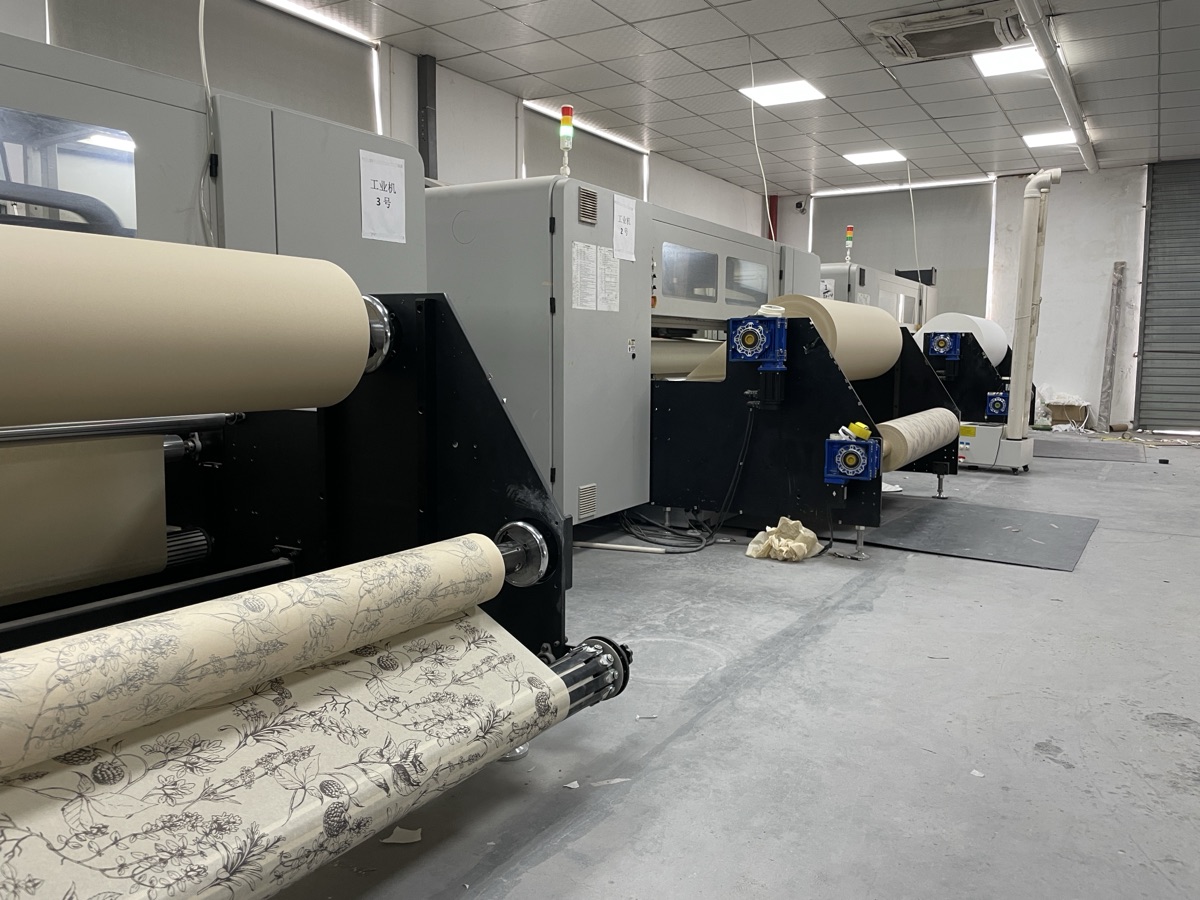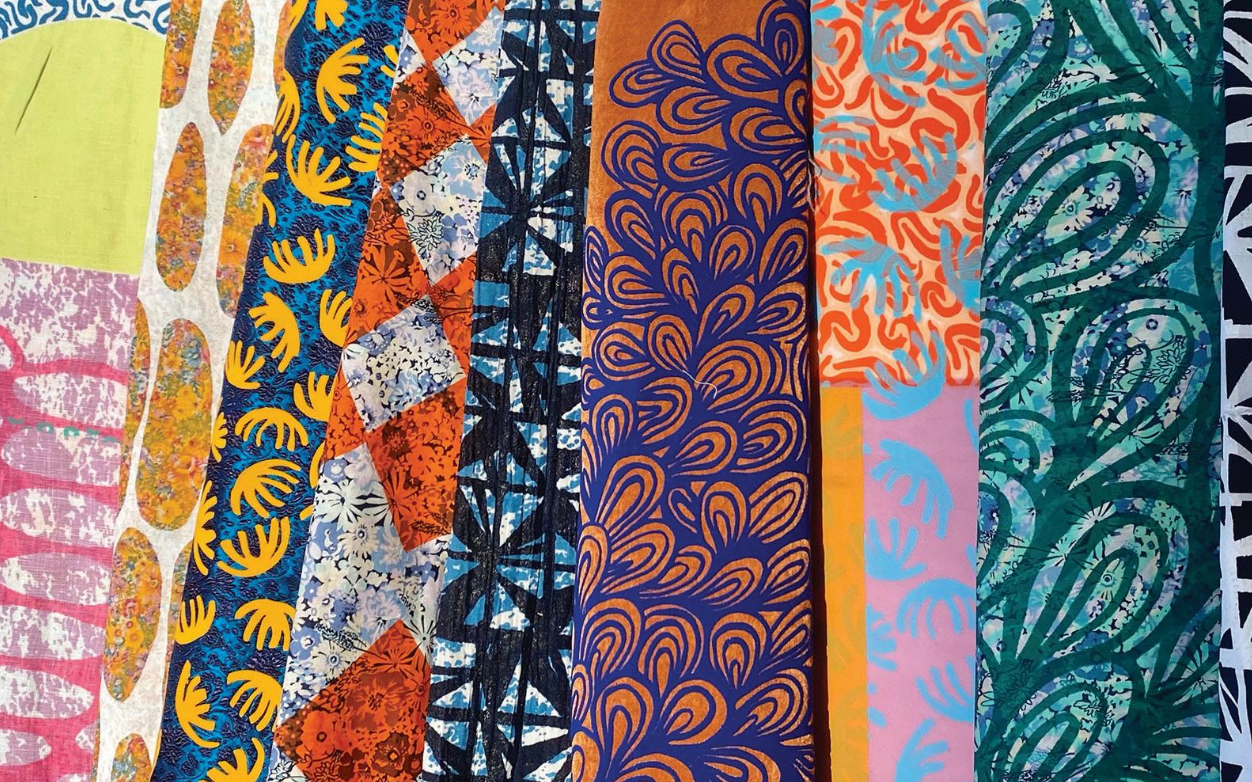
The textile industry has long been associated with significant environmental impact, from water and energy consumption to waste generation. However, with the rise of digital printing and textile recycling technologies, the sector is making strides toward more sustainable practices. In this article, we will explore the role of digital printing in textile recycling, how it contributes to greener production methods, and the future of eco-friendly textile manufacturing.
Textile manufacturing is one of the most resource-intensive industries globally, with an estimated 92 million tons of textile waste generated annually. The rise of fast fashion and increased demand for personalized and mass-customized products has exacerbated the strain on the environment. In response to these concerns, the industry is increasingly adopting digital printing technologies and textile recycling methods to reduce its ecological footprint. Digital printing offers numerous advantages, including the ability to print on demand, minimize waste, and use eco-friendly materials, making it an essential tool in achieving more sustainable textile production.
In parallel, textile recycling is becoming a key component of sustainable manufacturing, helping to close the loop on waste and creating new opportunities for eco-friendly innovation. By leveraging both digital printing and textile recycling, companies like Shaoxing Zhiyu Digital Technology Co., Ltd. (HOLDWIN) are taking steps to drive green production in the textile industry.
Traditional textile printing methods, such as screen printing, are notoriously water- and chemical-intensive. Digital printing, however, offers a cleaner alternative by using significantly less water and fewer chemicals. The process involves applying ink directly onto the fabric using inkjet technology, which minimizes the need for water-based rinsing and the use of harmful chemicals like fixatives and dyes. This reduction in resource consumption directly contributes to more sustainable textile manufacturing.
For instance, digital textile printing can use water-based inks, which are less harmful to the environment than solvent-based inks commonly used in conventional printing techniques. The inkjet printing process also eliminates the need for large amounts of waste paper and screens, which are required in traditional screen printing.

One of the most significant advantages of digital printing is its precision. Unlike traditional methods that require large quantities of ink to cover a broad area, digital printing applies ink only where necessary. This precision not only results in higher-quality prints but also significantly reduces material waste. Moreover, digital printing allows for short-run and on-demand production, which means that manufacturers can produce just the right amount of textiles without overproducing and generating waste.
This capability is especially important in the context of textile recycling. By producing less waste during the printing process, digital printers help ensure that more textile material can be reused or repurposed for recycling. In addition, digital printing enables the creation of custom designs, reducing the need for mass production of off-the-shelf products that may eventually be discarded.
Textile recycling is an essential part of achieving sustainability in the industry. When digital printing is combined with textile recycling, it becomes possible to create closed-loop systems where fabric waste can be reused for future production. Recycled textiles can be turned into new fabric rolls, which can then be printed with new designs, further extending the life cycle of the materials.
HOLDWIN, for example, is working on integrating textile recycling with its digital printing solutions to create a fully sustainable production model. By using recycled fabrics as substrates for digital printing, the company is reducing the demand for virgin materials and promoting a circular economy. This approach not only supports eco-friendly practices but also offers manufacturers a cost-effective way to source sustainable materials without sacrificing quality.

The development of recycled materials suitable for digital printing is another area of innovation. In recent years, advancements have been made in producing fabrics from recycled PET bottles, cotton scraps, and other waste materials that can be used for digital printing applications. These fabrics are designed to meet the performance standards required by digital printing, including high print quality, durability, and vibrant color reproduction.
By using these innovative recycled fabrics, textile manufacturers can produce high-quality printed products with a smaller environmental footprint. HOLDWIN is at the forefront of these developments, offering solutions that not only meet the needs of fashion designers and manufacturers but also align with sustainability goals.
Recent advancements in digital printing technologies have also contributed to greener production practices. The development of eco-friendly inks, such as water-based and UV inks, has made it possible to achieve high-quality prints while reducing harmful emissions. These inks are often less toxic and more biodegradable, which reduces the overall environmental impact of textile printing.
Moreover, advancements in print head technology have improved ink efficiency and reduced energy consumption in digital printers. The latest inkjet printers are designed to use less power and operate more efficiently, further lowering the environmental impact of the printing process. These innovations make digital printing a crucial part of the green production movement in the textile industry.

As a global leader in digital printing solutions, HOLDWIN is committed to pushing the boundaries of innovation while prioritizing environmental sustainability. With a focus on rapid product development and customized solutions, HOLDWIN is helping textile manufacturers around the world reduce their environmental impact through cutting-edge digital printing and textile recycling technologies.
By developing products that integrate digital printing with sustainable textile materials, HOLDWIN is paving the way for a more eco-conscious future in the textile industry. The company’s ability to quickly adapt to customer needs and deliver tailored solutions ensures that manufacturers can stay ahead of market demands while contributing to a greener planet.
The integration of digital printing and textile recycling is transforming the textile industry into a more sustainable and eco-friendly sector. By reducing water usage, minimizing waste, and using recycled materials, companies like HOLDWIN are driving green production and promoting a circular economy. As the industry continues to embrace these technologies, we can expect to see even more innovative solutions that help reduce the environmental footprint of textile manufacturing.
Through ongoing research and development, digital printing technologies will continue to evolve, making it easier for textile manufacturers to create high-quality, sustainable products. The future of textile production is not only about meeting customer demand but also about meeting the demands of the planet, and digital printing is a key enabler in this mission.
Customer Review:
“HOLDWIN’s digital printing technology has been a game-changer for our manufacturing processes. Not only does it allow us to create highly customized products, but it has also significantly reduced our waste and environmental impact. The integration of recycled fabrics into the printing process is a huge step towards a greener future. We’ve seen noticeable cost savings while improving our sustainability efforts—HOLDWIN’s solutions are truly a win-win.”

Zhiyu is passionate about good products, good services, and good prices to let consumers know that choosing us is the right choice! For partners and end customers, we will provide one-on-one considerate smart services and provide you with more high-quality procurement solutions.